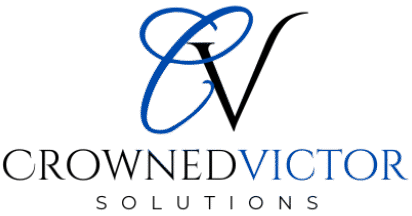Investing in business consulting can be a game-changer for organizations seeking growth, efficiency, and strategic clarity. However, to justify the investment, it’s crucial to measure the return on investment (ROI) effectively. This guide provides actionable steps and key metrics to assess the impact of consulting services on your business.
1. Define Clear Objectives
Before engaging a consultant, establish specific, measurable goals. These objectives will serve as benchmarks to evaluate the success of the consulting engagement.
Action Steps:
- Identify areas for improvement (e.g., revenue growth, cost reduction).
- Set SMART (Specific, Measurable, Achievable, Relevant, Time-bound) goals.
- Align objectives with overall business strategy.
2. Calculate Financial ROI
Financial ROI quantifies the monetary benefits gained from consulting services relative to the costs incurred.
ROI Formula:

Example:
If a consultant helps increase annual profits by $50,000 and charges $10,000, the ROI is:

Considerations:
- Include all associated costs (fees, resources, time).
- Account for both direct and indirect financial gains.
3. Assess Non-Financial Benefits
Consulting engagements often yield intangible benefits that, while not directly quantifiable, significantly impact business performance.
Key Non-Financial Metrics:
- Process improvements and efficiency gains.
- Enhanced employee morale and engagement.
- Improved customer satisfaction and retention.
- Strengthened brand reputation.
Assessment Methods:
- Employee and customer surveys.
- Performance evaluations.
- Case studies and testimonials.
4. Monitor Key Performance Indicators (KPIs)
Tracking relevant KPIs provides ongoing insight into the effectiveness of consulting initiatives.
Common KPIs:
- Revenue growth rate.
- Customer acquisition and retention rates.
- Operational efficiency metrics.
- Employee productivity levels.
Implementation:
- Establish baseline metrics before consulting engagement.
- Regularly monitor and compare KPIs during and after the project.
- Adjust strategies based on KPI trends and insights.
5. Conduct Post-Engagement Reviews
After the consulting engagement concludes, perform a comprehensive review to evaluate outcomes against initial objectives.
Review Components:
- Compare actual results with projected goals.
- Analyze both quantitative and qualitative outcomes.
- Identify lessons learned and areas for future improvement.
Benefits:
- Validates the effectiveness of the consulting engagement.
- Informs decision-making for future consulting investments.
- Enhances accountability and continuous improvement.
Conclusion
Measuring the ROI of business consulting involves a balanced approach that considers both financial returns and intangible benefits. By setting clear objectives, calculating financial gains, assessing non-financial impacts, monitoring KPIs, and conducting thorough reviews, organizations can ensure that consulting engagements deliver meaningful value.
Ready to maximize the ROI of your consulting investments?
📅 Schedule a consultation
📄 Explore our Consulting Services

